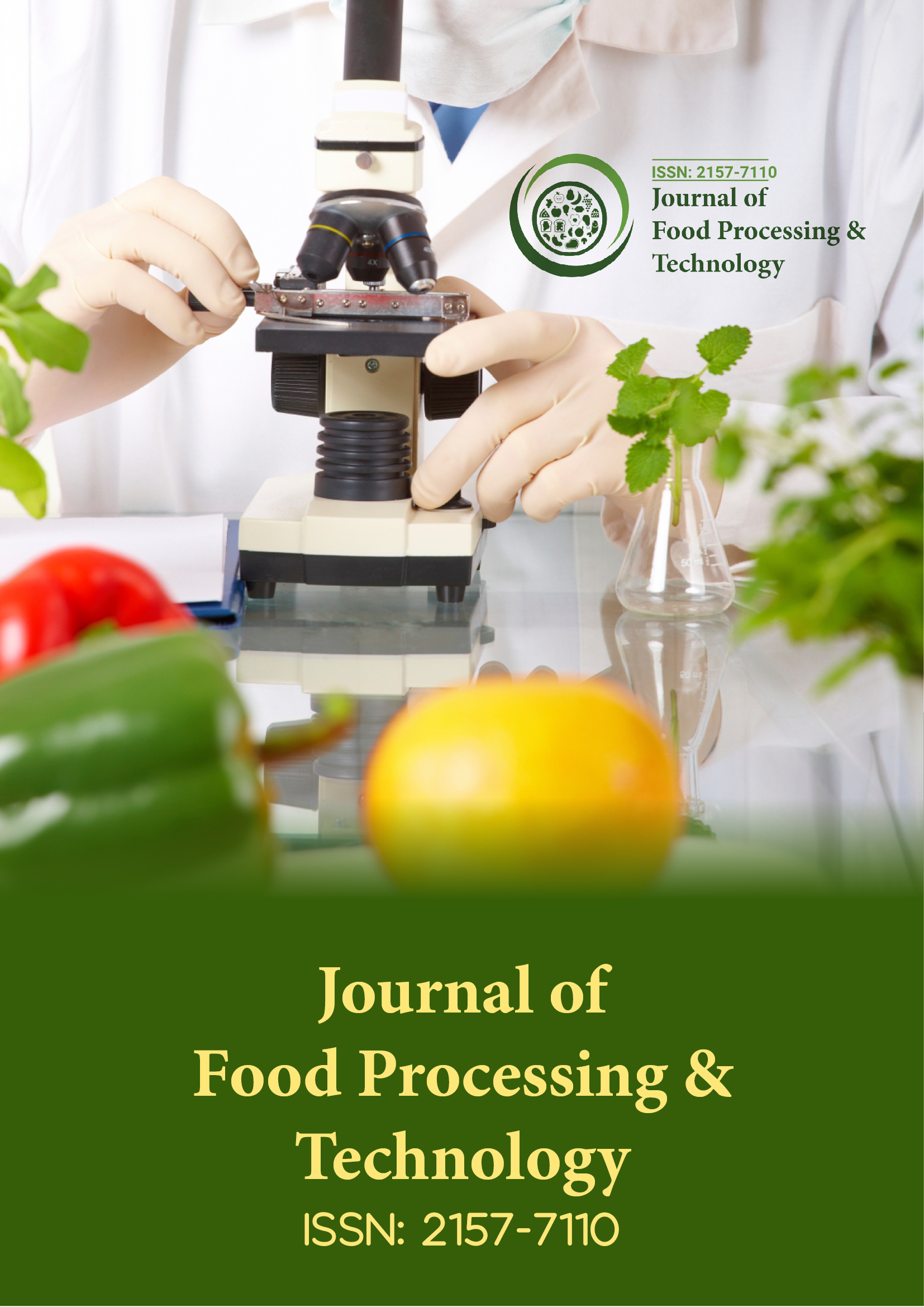зҙўеј•дәҺ
- Genamics жңҹеҲҠжҗңзҙў
- еӯҰжңҜй’ҘеҢҷ
- жңҹеҲҠзӣ®еҪ•
- дёӯеӣҪзҹҘзҪ‘пјҲCNKIпјү
- и®ҝй—®е…ЁзҗғеңЁзәҝеҶңдёҡз ”з©¶ (AGORA)
- еӣҪйҷ…еҶңдёҡдёҺз”ҹзү©з§‘еӯҰдёӯеҝғ (CABI)
- еҸӮиҖғжҗңзҙў
- з ”з©¶жңҹеҲҠзҙўеј•зӣ®еҪ• (DRJI)
- е“Ҳе§ҶиҫҫеӨ§еӯҰ
- дәҡеҲ©жЎ‘йӮЈе·һEBSCO
- OCLC-WorldCat
- еӯҰиҖ…жҢҮеҜј
- SWB еңЁзәҝзӣ®еҪ•
- жҷ®еёғйҡҶж–Ҝ
- 欧жҙІй…’еҗ§
- и°·жӯҢеӯҰжңҜ
жңүз”Ёзҡ„й“ҫжҺҘ
еҲҶдә«жӯӨйЎөйқў
жңҹеҲҠдј еҚ•

ејҖж”ҫиҺ·еҸ–жңҹеҲҠ
жҠҪиұЎзҡ„
йҰҷж–ҷе’ҢиҚүиҚҜдёӯзҡ„жұЎжҹ“пјҡжңүзӣҠеҒҘеә·зҡ„иЎҘж•‘жҺӘж–Ҫ
йҳҝзұізү№·е…ӢйҮҢеёҢзәі·еҫ·
еҚ°еәҰжҳҜйҰҷж–ҷе’ҢиҚүиҚҜзҡ„еӣҪеәҰпјҢеҚ°еәҰйҰҷж–ҷ委е‘ҳдјҡе·ІзЎ®и®Өжңү 52 з§ҚйҰҷж–ҷгҖӮжүҖжңүиҝҷдәӣйҰҷж–ҷе’ҢиҚүиҚҜйғҪжңүдј з»ҹз”ЁйҖ”е’ҢиҚҜз”Ёд»·еҖјпјҢеҠ йҮҚйҰҷж–ҷзҡ„иҸңиӮҙеҫҲеҸ—ж¬ўиҝҺпјҢж¶Ҳиҙ№иҖ…еҜ№е…·жңүеўһејәйЈҺе‘ігҖҒеҸЈж„ҹе’Ңйў„йҳІз–ҫз—…еҠҹиғҪзҡ„йЈҹе“Ғзҡ„йңҖжұӮеҜјиҮҙдәә们еҜ№еңЁйЈҹе“ҒдёӯдҪҝз”ЁйҰҷж–ҷзҡ„е…ҙи¶ЈжҢҒз»ӯеўһй•ҝгҖӮ
йҰҷж–ҷе’ҢиҚүиҚҜзҡ„йЈҹз”ЁеҪўејҸеӨҡз§ҚеӨҡж ·пјҢдҫӢеҰӮж•ҙзІ’йҰҷж–ҷгҖҒзЈЁзўҺзҡ„йҰҷж–ҷгҖҒжІ№ж ‘и„ӮгҖҒжҸҗеҸ–зү©зӯүгҖӮзЈЁзўҺзҡ„йҰҷж–ҷе’ҢиҚүиҚҜеҸҜиғҪжҺәе…Ҙдәәе·ҘиүІзҙ гҖҒж·ҖзІүгҖҒзҷҪеһ©зІүзӯүд»ҘеўһеҠ йҮҚйҮҸе’Ңж”№е–„еӨ–и§ӮгҖӮй«ҳд»·еҖјзҡ„зЈЁзўҺйҰҷж–ҷз»Ҹеёёиў«жҺәеҒҮд»ҘиҺ·еҸ–з»ҸжөҺеҲ©зӣҠгҖӮй•ҝжңҹйЈҹз”ЁжҺәеҒҮйҰҷж–ҷеҸҜиғҪеҜјиҮҙиғғз—…гҖҒзҷҢз—ҮгҖҒе‘•еҗҗгҖҒи…№жі»гҖҒжәғз–ЎгҖҒиӮқи„Ҹз–ҫз—…гҖҒзҡ®иӮӨз—…гҖҒзҘһз»ҸжҜ’жҖ§зӯүгҖӮжӯӨеӨ–пјҢйҰҷж–ҷе’ҢиҚүиҚҜйҖҡеёёжҳҜжҺәеҒҮе’Ңеҫ®з”ҹзү©жұЎжҹ“зҡ„дё»иҰҒжқҘжәҗпјҢеҸҜиғҪеҗ«жңүжңүе®іеҫ®з”ҹзү©пјҢдҫӢеҰӮйҮ‘й»„иүІи‘Ўиҗ„зҗғиҸҢгҖҒдёӯй—ҙиҖ¶е°”жЈ®иҸҢгҖҒеҝ—иҙәж°ҸиҸҢгҖҒиӮ жқҶиҸҢгҖҒйҶӢй…ёй’ҷдёҚеҠЁжқҶиҸҢе’Ңе“ҲеӨ«е°јиңӮжҲҝиҸҢгҖӮеңЁжҹҗдәӣжғ…еҶөдёӢпјҢйҰҷж–ҷдёӯиҝҳжҠҘе‘ҠдәҶжІҷй—Ёж°ҸиҸҢжө“еәҰгҖӮз”ұй»„жӣІйңүгҖҒеҜ„з”ҹжӣІйңүе’Ңе°ҸжӣІйңүзӯүзңҹиҸҢдә§з”ҹзҡ„й»„жӣІйңүжҜ’зҙ жҳҜйҰҷж–ҷдёӯжңҖеёёи§Ғзҡ„йңүиҸҢжҜ’зҙ гҖӮиҝҷз§Қеҫ®з”ҹзү©жұЎжҹ“еҸҜиғҪеҸ‘з”ҹеңЁж”¶иҺ·еүҚжҲ–收иҺ·еҗҺзҡ„еҠ е·ҘиҝҮзЁӢдёӯгҖӮе°Ҫз®ЎеӨ§еӨҡж•°йҰҷж–ҷе…·жңүжҠ—иҸҢе’ҢжҠ—ж°§еҢ–зү№жҖ§пјҢдҪҶе®ғ们жңүж—¶дјҡеҸ—еҲ°еҫ®з”ҹзү©зҡ„еҪұе“ҚпјҢйЈҹз”ЁеҗҺеҸҜиғҪеҜ№дәәдҪ“еҒҘеә·жңүе®ігҖӮ